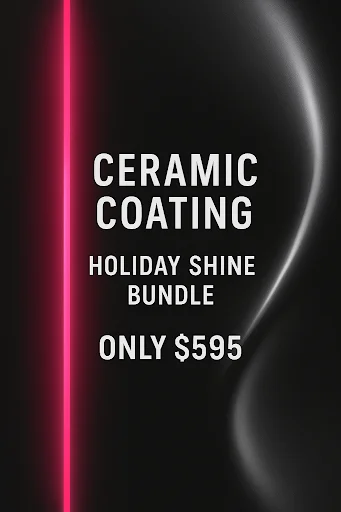Protect Your Vehicle and Enhance Its Resale Value with Kavaca PPF from Elite...





Get a free, no-obligation quote tailored to your car and your needs.
We’ll reach out within 24 hours — no spam, no pressure, just your custom quote.
Paint protection film (PPF) offers numerous benefits that extend beyond mere aesthetics. It acts as a barrier against environmental contaminants, such as dirt, debris, and UV rays, which can damage your vehicle's paint over time. By investing in PPF, vehicle owners can maintain their car's appearance and resale value, ensuring a longer lifespan for the paint job.
In addition to protecting against physical damage, PPF is self-healing, meaning minor scratches can disappear with heat exposure. This innovative technology allows for a pristine finish that lasts longer than traditional waxing or polishing. Many car enthusiasts also appreciate the clarity and gloss that high-quality PPF provides, enhancing the overall look of their vehicle without altering its color.
The installation process of paint protection film (PPF) is crucial for achieving optimal results. It typically involves thorough cleaning of the vehicle's surface, precise measurement, and custom cutting of the film to fit the specific contours of the car. Professionals at Elite Auto Pro ensure that every installation is executed with attention to detail, minimizing the risk of bubbles or imperfections.
Once the film is applied, it undergoes a curing period, allowing it to bond securely to the paint. This meticulous process not only enhances the film's durability but also ensures that it performs effectively against various external elements. Understanding the installation process can help customers appreciate the value of professional service over DIY options.
When considering vehicle protection, it's essential to compare paint protection film (PPF) with other options such as ceramic coatings and traditional waxing. While ceramic coatings provide a glossy finish and some level of protection against UV rays, they do not offer the same level of impact resistance as PPF. Waxing, on the other hand, requires frequent reapplication and offers limited protection against scratches and chips.
PPF stands out as a robust solution for those seeking long-term protection. Unlike ceramic coatings, PPF is designed to absorb impacts, making it ideal for high-risk areas such as the front bumper and hood. Understanding these differences helps car owners make informed decisions about the best protective measures for their vehicles.
Potential customers often have questions regarding paint protection film (PPF), such as its durability, maintenance, and warranty. Common inquiries include how long PPF lasts, which can vary based on the product and installation quality, but many films can last up to a decade with proper care. Additionally, PPF is low-maintenance, requiring only regular washing to keep it looking its best.
Another frequent question pertains to the warranty offered by PPF manufacturers. Most high-quality films come with a warranty that covers yellowing, cracking, and peeling, providing peace of mind for vehicle owners. Addressing these FAQs can help demystify the PPF process and encourage more customers to consider this protective option.